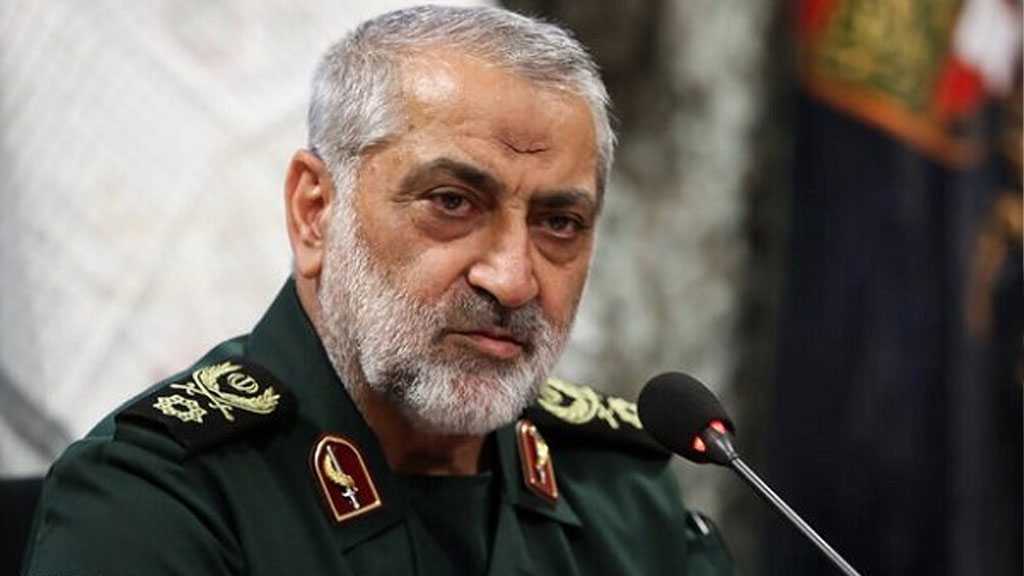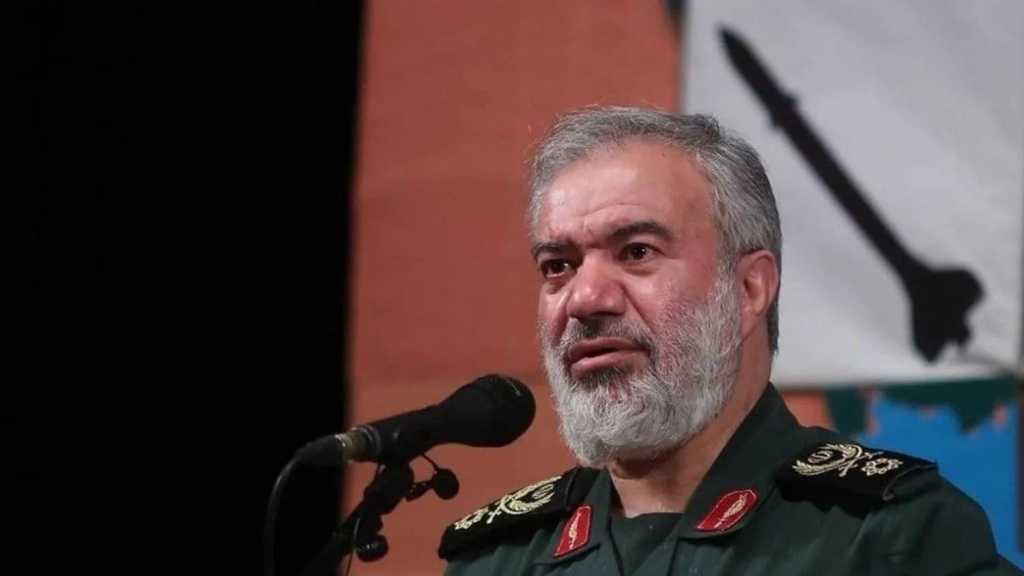IAEA’s Releases New Report on Iran ahead of Board Meeting

By Staff, Agencies
IAEA Director General Rafael Grossi has released a new report on Iran’s nuclear program ahead of the Board of Governors meeting in Vienna, focusing on uranium stockpile estimates while avoiding comment on recent illegal attacks against Iranian nuclear facilities.
The report which will be presented at the quarterly Board of Governors meeting beginning next week in Vienna.
It will be the first such session since the formal phase-out of the JCPOA, meaning Iran’s nuclear file will now be addressed solely under the NPT Safeguards Agreement rather than the defunct 2015 accord.
The report covers the period since the director general’s last assessment in early September and revisits the fallout from the June aggression on Iranian nuclear facilities by “Israel” and the United States.
The aggression led Tehran halt all cooperation with the agency, citing “politically motivated” resolutions and the IAEA’s refusal to condemn terrorist attacks on its nuclear infrastructure and personnel.
Grossi has maintained his earlier stance; on September 8 he declined to denounce the assassinations of Iranian nuclear scientists during the June attacks, stating, “I believe this is not something that, as director general of the IAEA, falls within my purview.”
The director general of the International Atomic Energy Agency [IAEA] refrains from condemning the assassination of Iranian nuclear scientists during the illegal “Israeli”-US aggression, saying the issue is not within his responsibilities.
The new report similarly avoids comment on the June 13 “Israeli” aggression or the subsequent US bombing of Iranian nuclear sites—actions Tehran maintains violated the UN Charter, international law, and the NPT.
The director general instead focuses on verification issues that have arisen since Iran lawfully suspended cooperation in late June due to internal legislation and security concerns.
The report includes the agency’s estimate of Iran’s enriched-uranium stockpile as of June 13, shortly before cooperation was suspended. The IAEA assesses the total to be 9874.9 kg, of which 9040.5 kg is in the form of UF6.
This includes “2391.1 kg of uranium enriched up to 2% U-235; 6024.4 kg of uranium enriched up to 5% U-235; 184.1 kg of uranium enriched up to 20% U-235; and 440.9 kg of uranium enriched up to 60% U-235.”
The report notes that the figure represents an estimate based on “information previously provided by Iran, previous Agency verification activities and estimates based on the past operating records of the relevant declared facilities.”
Iran says its nuclear materials remain under rubble from recent attacks. “What relates to our nuclear materials is all under the debris caused by attacks on the bombed facilities,” Foreign Minister Abbas Araghchi said on September 11.
“Whether these materials are accessible or not, and the status of some of them, is currently being evaluated by the Atomic Energy Organization of Iran,” he added.
Araghchi said that once this evaluation is complete, the report will be submitted to Iran’s Supreme National Security Council, which will decide on any subsequent actions considering Iran’s security concerns.
Despite the disruptions caused by the June attacks, the new IAEA report stresses that safeguard obligations remain unchanged.
It states: “The Director General has made clear to Iran that it is indispensable and urgent to implement safeguards activities in Iran in accordance with the NPT Safeguards Agreement, which remains in force, and that its implementation cannot be suspended under any circumstances.”
At the same time, the agency acknowledges that “the military attacks on Iran’s nuclear facilities have created a situation which requires Iran and the Agency to cooperate constructively to implement safeguards.”
Secretary of Iran’s Supreme National Security Council Ali Larijani says the body under his watch will review any request by the International Atomic Energy Agency for negotiations.
The Cairo agreement, reached on September 9 between Iran’s foreign minister and Grossi, is referenced as the basis for re-establishing some degree of procedural clarity.
According to the report, “the Cairo agreement provides a common understanding of the procedures for Agency inspections, notifications and safeguards implementation in Iran under the prevailing circumstances. While taking into consideration Iran’s concerns, these procedures remain in line with the relevant provisions of the NPT Safeguards Agreement.”
The report notes that Iran “has begun to facilitate” accounting reports and Design Information Questionnaire [DIQ] updates for facilities unaffected by the US-“Israeli” attacks. It also urges reports on affected sites.
Iran says any move by the European troika to trigger the so-called snapback mechanism will lead to new conditions in a recent agreement with the IAEA.
On June 25—the day after Iran’s retaliatory operations halted the 12-day aggression — the country's parliament unanimously passed legislation suspending all cooperation.
The move was rooted in concerns that IAEA resolutions, particularly the June 12 resolution by the Board of Governors, paved the way for the “Israeli” aggression.
Talks with the IAEA resumed in September, but Iran warned that the decision by Britain, France, and Germany to trigger the UN “snapback” mechanism after the Cairo agreement would create “new conditions” rendering that framework void.
The agency has issued no criticism of the E3 decision, even as it continues to insist that Iran uphold its safeguards obligations under all circumstances.




